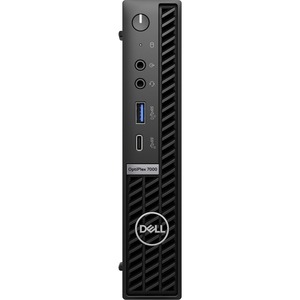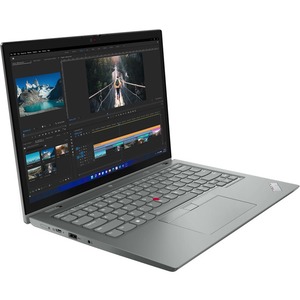Description
Gigabyte G482-Z51 Barebone System – 4U Rack-mountable – Socket SP3 – 2 x Processor Support – AMD Chip – 128 GB DDR4 SDRAM DDR4-3200/PC4-25600 Maximum RAM Support – 32 Total Memory Slots – Serial Attached SCSI (SAS), Serial ATA/600 Controller – ASPEED AST2500 Graphic(s) – 10 2.5″ Bay(s) – Processor Support (EPYC) – Gigabit Ethernet, 10 Gigabit Ethernet – 2 USB 3.0 Port(s) – 3 x 2200 W – 3 Year
- Up to 8 x PCIe Gen4 GPGPU cards
- Dual AMD EPYC™ 7002 series processor family
- 8-Channel RDIMM/LRDIMM DDR4 per processor, 32 x DIMMs
- 2 x 10Gb/s BASE-T LAN ports (Intel® X550-AT2)
- 2 x 1Gb/s BASE-T LAN ports (Intel® I350-AM2)
- 1 x dedicated management port
- 10 x SATA 2.5″ hot-swappable HDD/SSD bays
- Aspeed® AST2500 remote management controller
- 3 x 80 PLUS Platinum 2200W redundant PSU
AMD EPYC™ 7002 Series Processor (Rome)
The next generation of AMD EPYC has arrived, providing incredible compute, IO and bandwidth capability – designed to meet the huge demand for more compute in big data analytics, HPC and cloud computing.
- Built on 7nm advanced process technology, allowing for denser compute capabilities with lower power consumption
- Up to 64 core per CPU, built using Zen 2 high performance cores and AMD’s innovative chiplet architecture
- Supporting PCIe Gen 4.0 with a bandwidth of up to 64GB/s, twice of PCIe Gen 3.0
- Embedded security protection to help defend your CPU, applications, and data
GIGABYTE Management Console (AMI MegaRAC SP-X)
This GIGABYTE server product utilizes a AMI MegaRAC SP-X platform for BMC server management, with a feature rich and easy to use browser-based graphical user interface.
Notable features include:
- RESTful API support (including the latest DMTF standards of Redfish) allows the administrator to integrate with 3rd party applications for server management
- HTML5-based iKVM remote management client included as a standard feature, no additional add-on license required to purchase
- Detailed FRU information from SMBIOS
- Pre-event automatic video recording feature from 10 to 30 seconds
- SAS / RAID controller monitoring feature
GIGABYTE Server Management (GSM)
GIGABYTE Server Management (GSM) is GIGABYTE’s proprietary multiple server remote management software platform, available as a free download from each GIGABYTE server product page. GSM is compatible with either IPMI or Redfish (RESTful API) connection interfaces, and comprises the following sub-programs:
- GSM Server, a software program with an easy to use browser-based GUI to enable global remote monitoring and management of multiple GIGABYTE servers via each server node’s BMC.
- GSM CLI, a command-line interface program to enable global remote monitoring and management of multiple GIGABYTE servers via each server node’s BMC.
- GSM Agent, a software program installed locally on each GIGABYTE server node that retrieves additional node information (CPU/Mem/HDD/PCI/…) from the OS and passes it to the BMC. This information can then be utilized by GSM Server or GSM CLI.
*GSM Agent is currently compatible with Avocent MergePoint IPMI 2.0 BMC firmware, but not yet compatible with Megarac SP-X BMC firmware. - GSM Mobile, a remote server management mobile APP, available for both Android and iOS.
- GSM Plugin, a plugin that allows the user to manage and monitor GIGABYTE server nodes within VMware’s vCenter.
Intuitive & Informative User Interface
Starting from the GSM Server dashboard, the user can clearly understand the status of each node in the IT environment, including:
- Node connection status (system is online/offline)
- Node hardware sensor status (to detect hardware anomalies). Sensors measure voltage, fan speed and temperature









